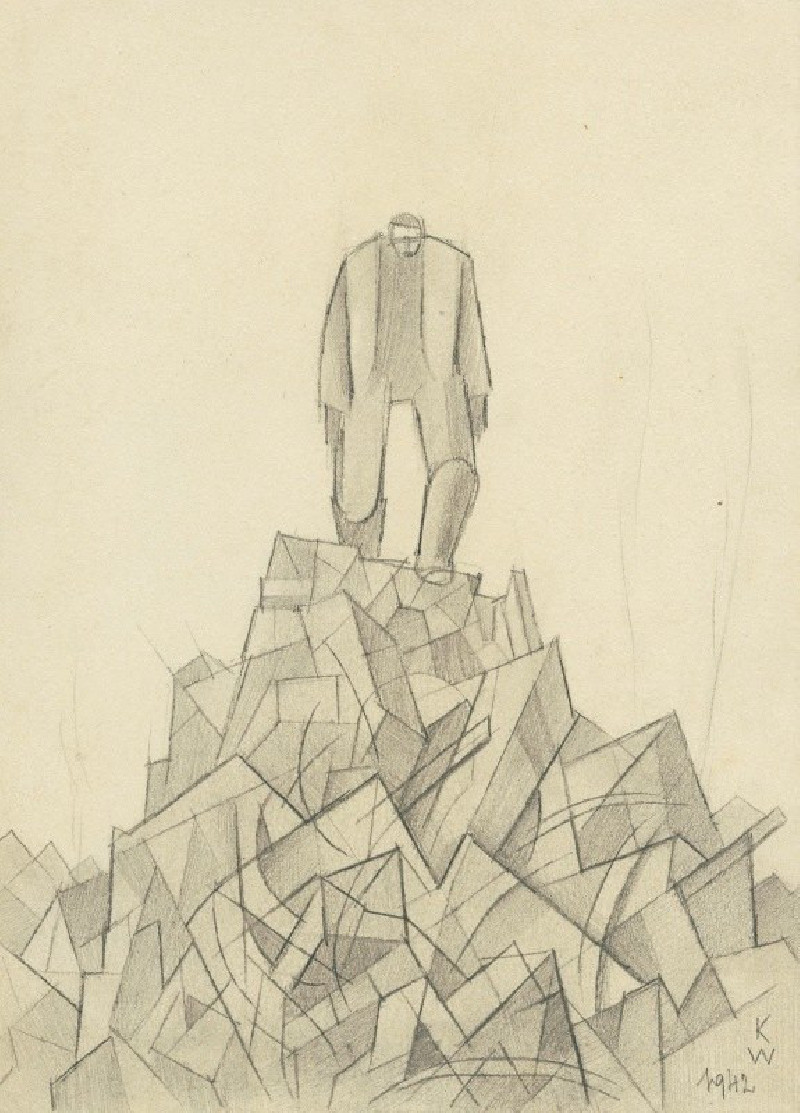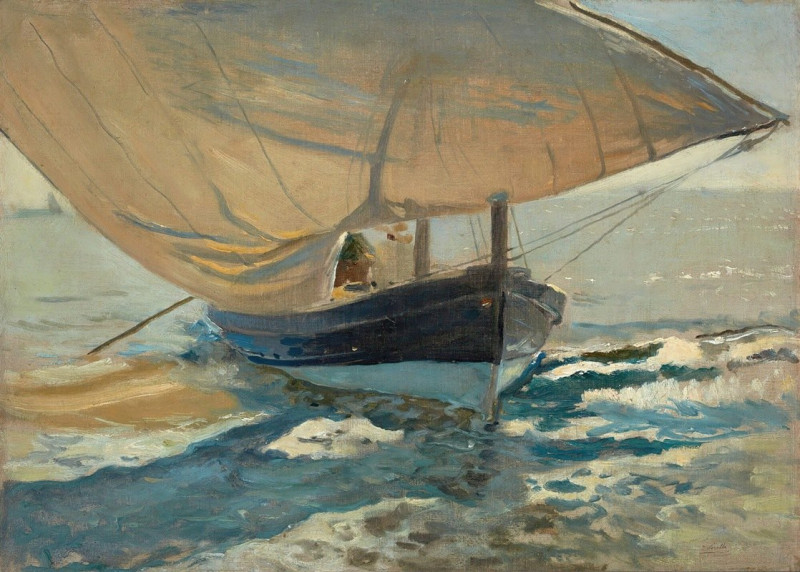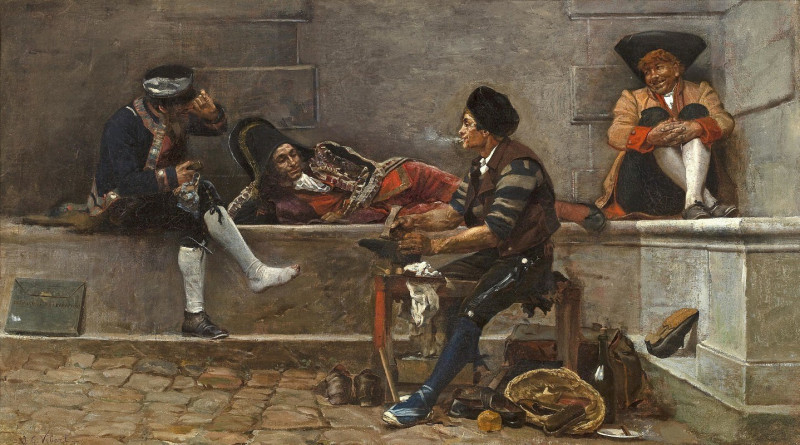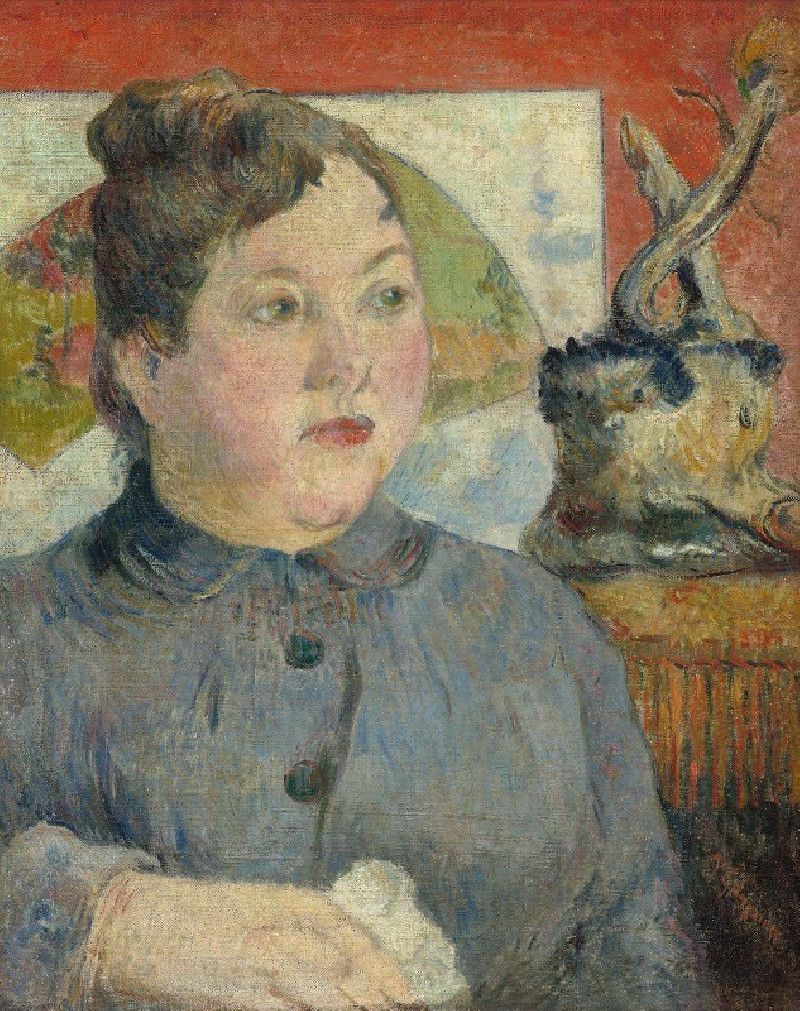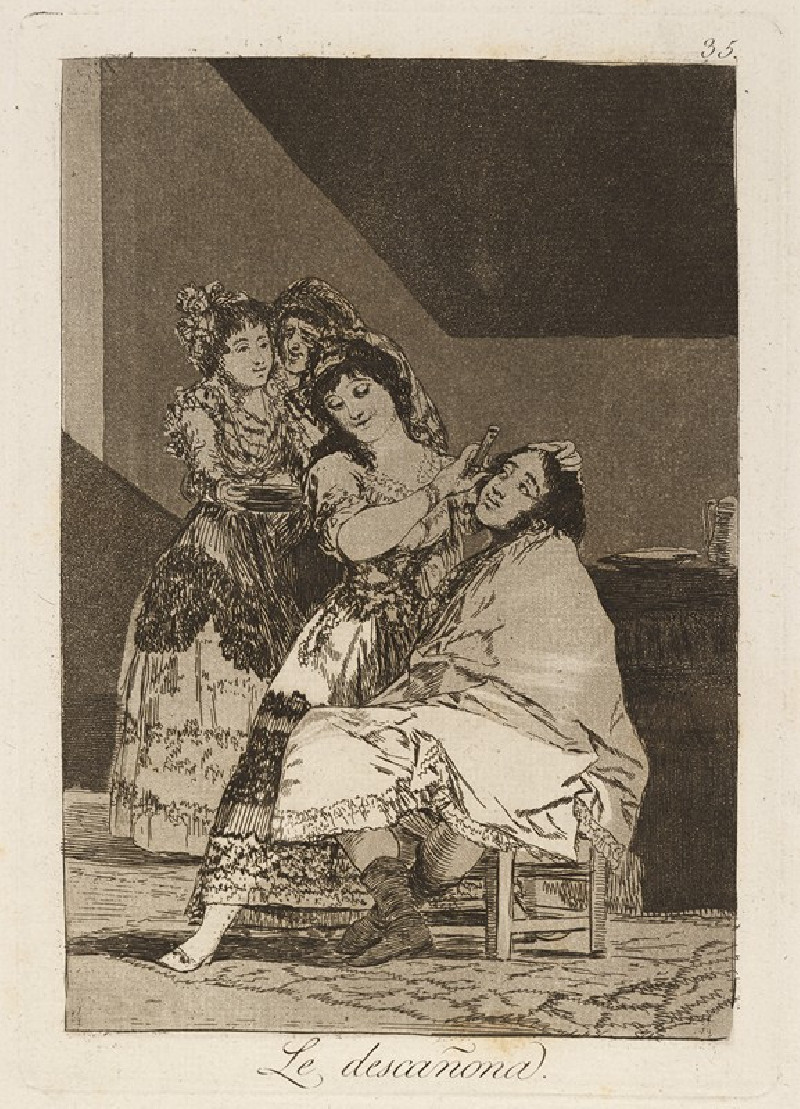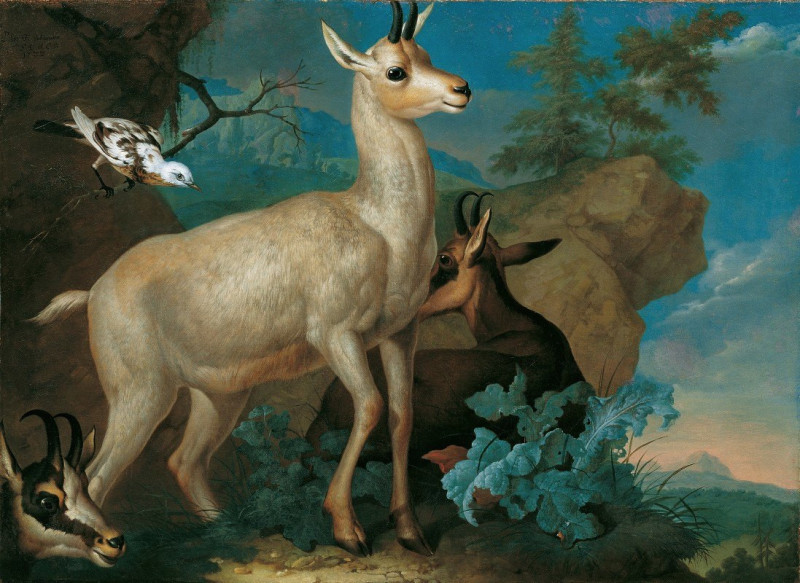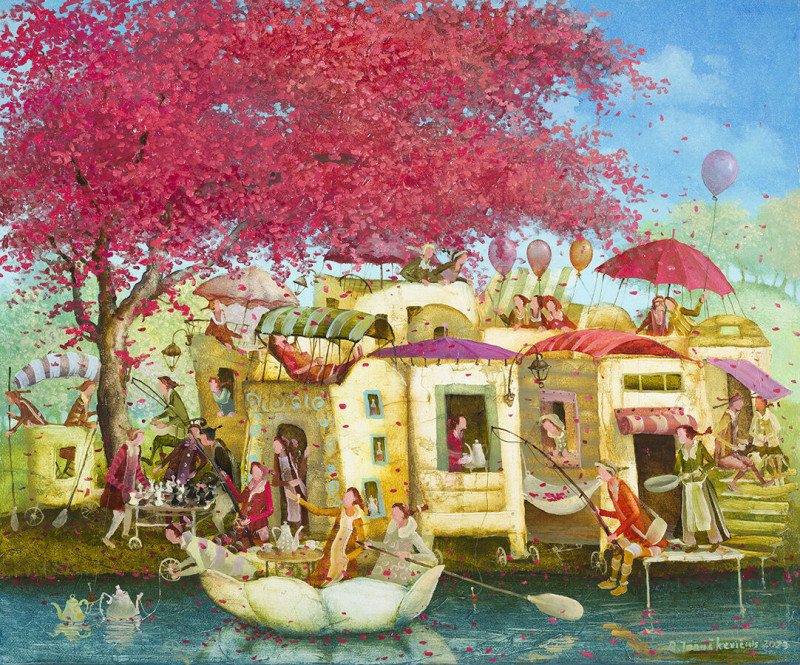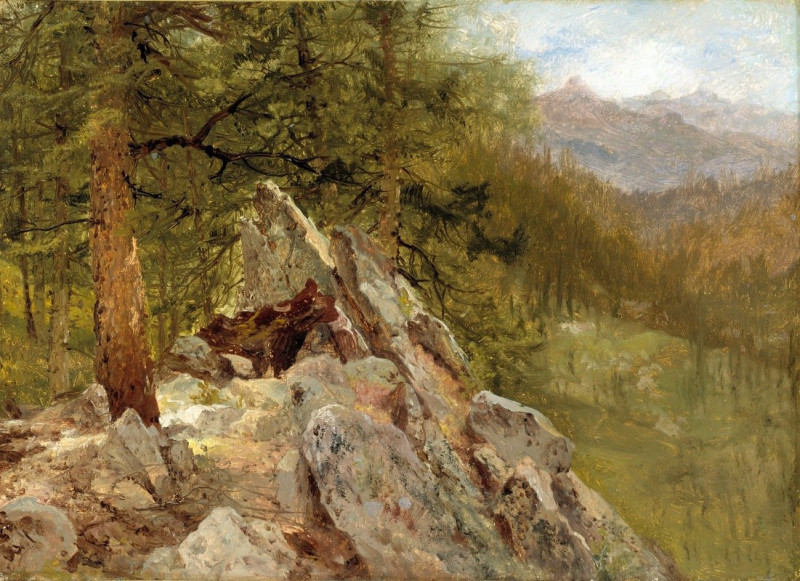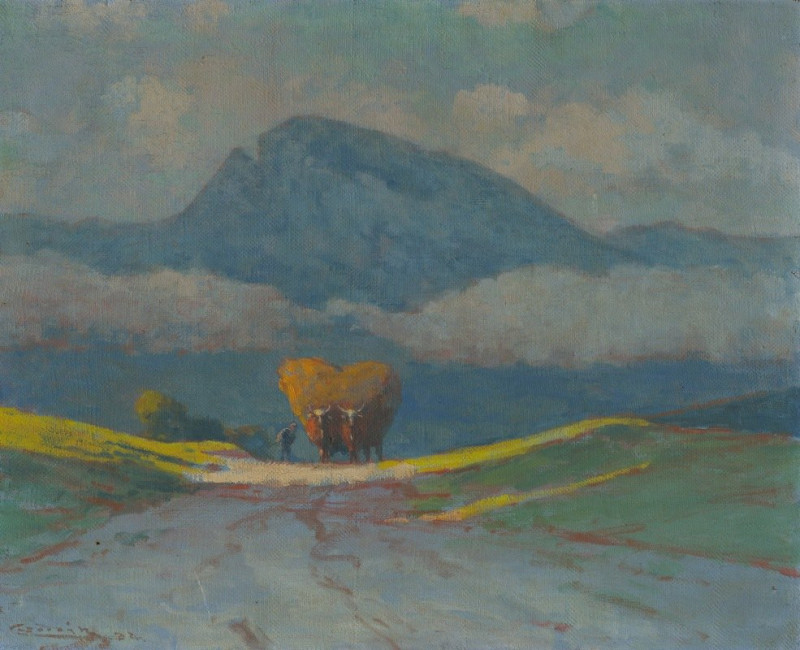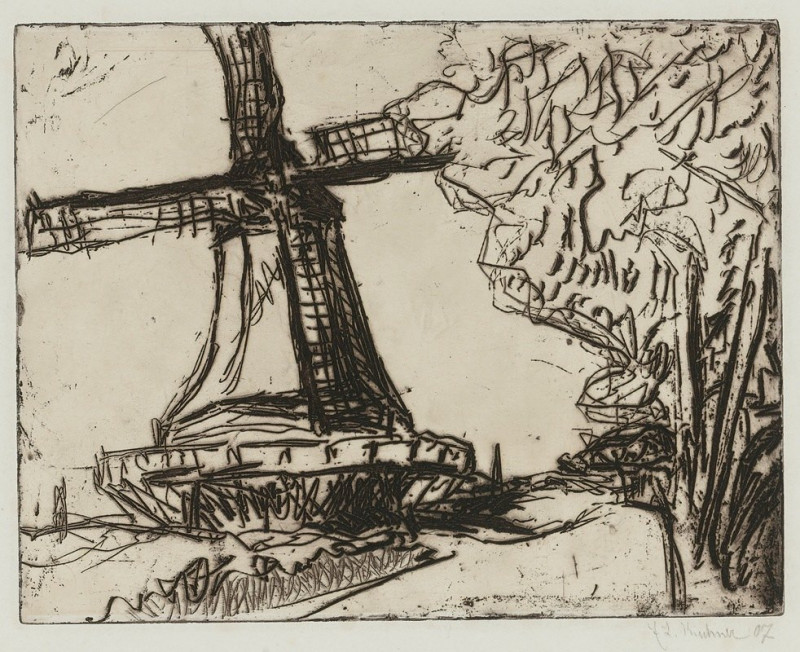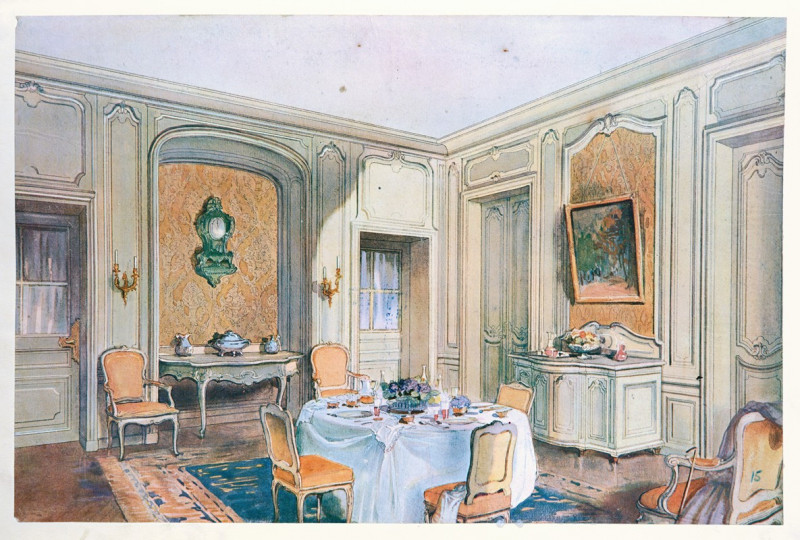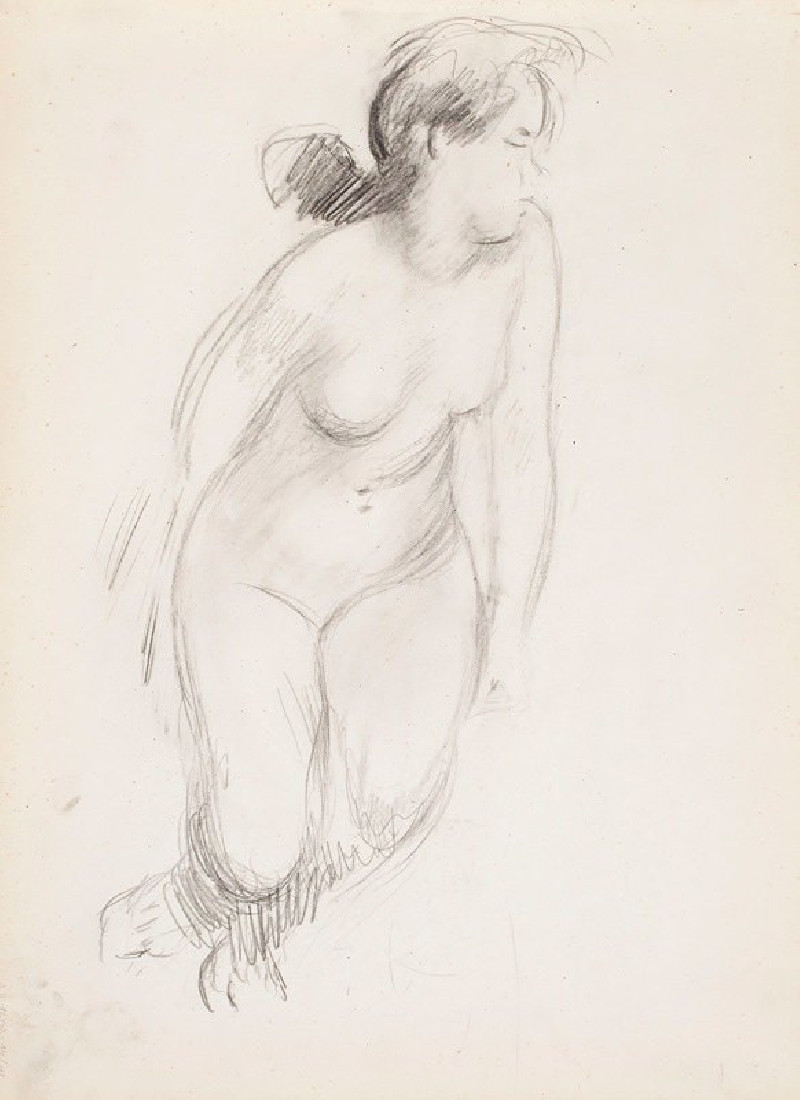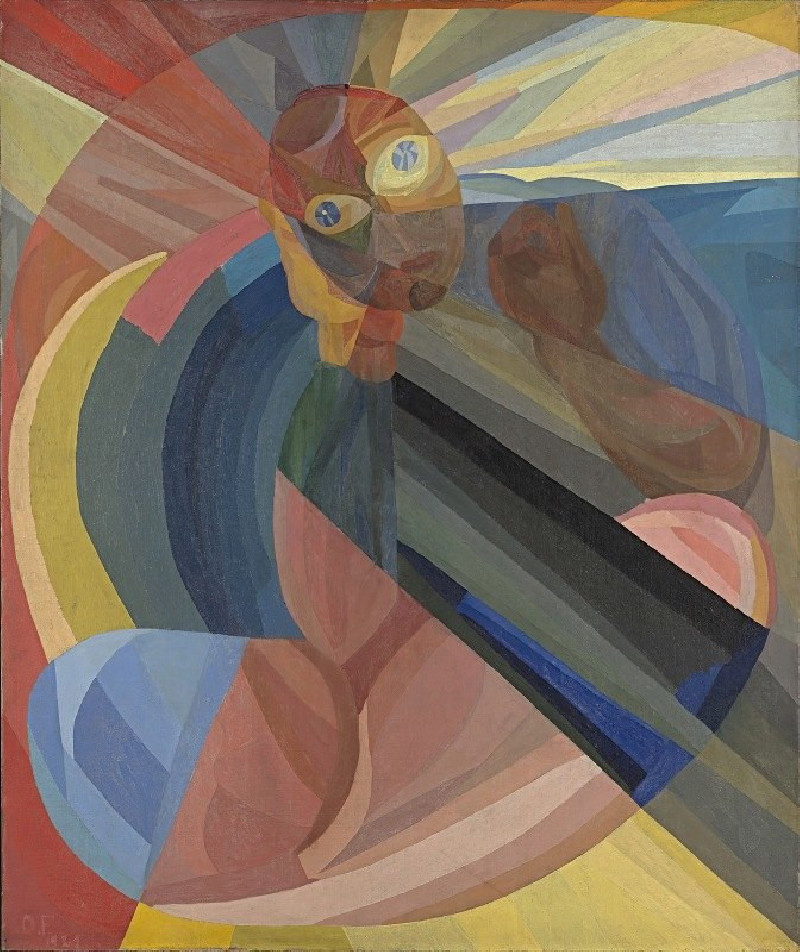Aus Trümmern erhebt sich der Mensch (1942)
Technique: Giclée quality print
Recommended by our customers
More about this artwork
The artwork titled "Aus Trümmern erhebt sich der Mensch" (From the Ruins Rises Man), created by Karl Wiener in 1942, stands as a profound representation of resilience and regeneration in the aftermath of destruction. This pencil sketch portrays a solitary figure emerging atop a jumbled mountain of geometric shards, possibly depicting ruins. The individual, drawn featureless and generalized in form, suggestively represents humanity itself rather than a specific person.Wiener’s use of sharp, fragmented shapes to construct the pile of rubble from which the figure ascends evokes the harsh realities of war and devastation prevalent at the time. Despite the bleakness suggested by the ruins, the central figure arises with a posture that conveys strength and an undeterred spirit, symbolically capturing the human capacity to overcome adversity and rebuild from desolation.This artwork conveys not only the historical context of its time but also a timeless message of hope and human fortitude.

